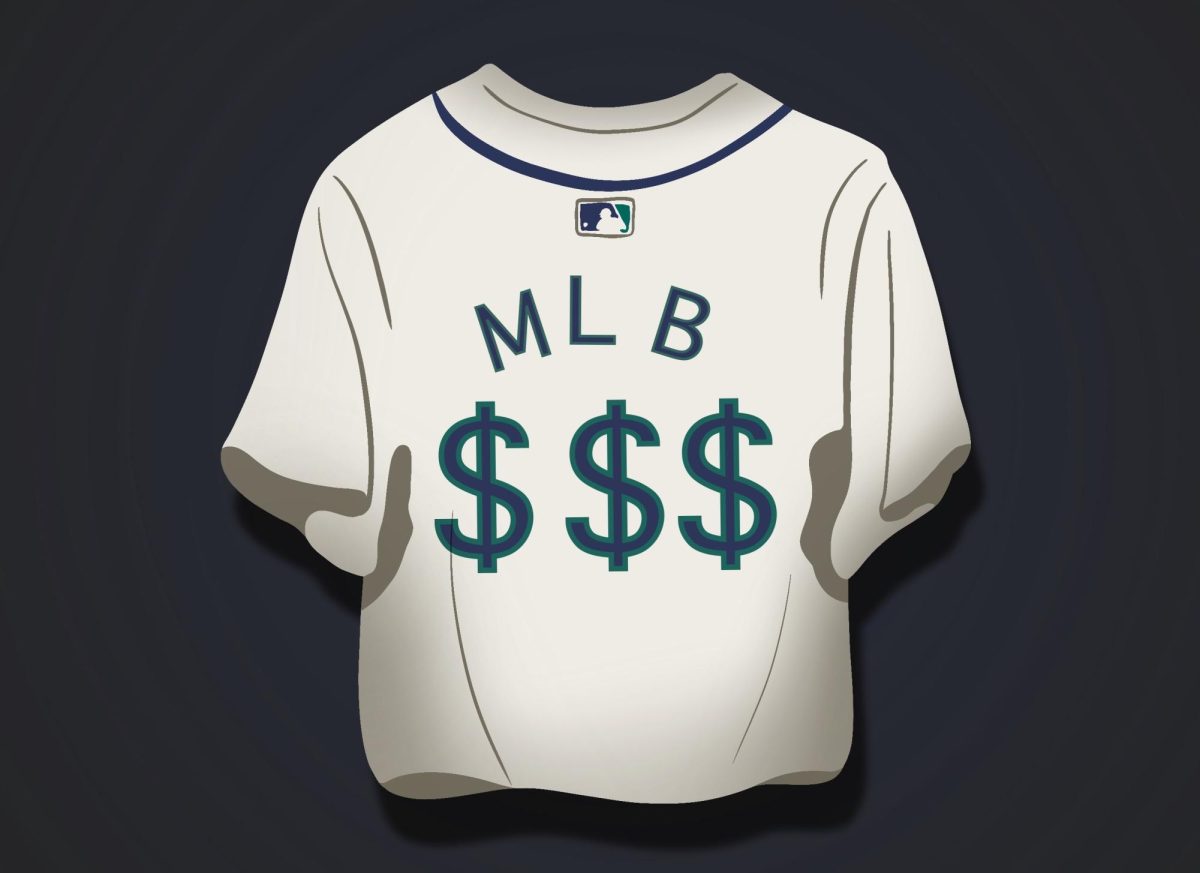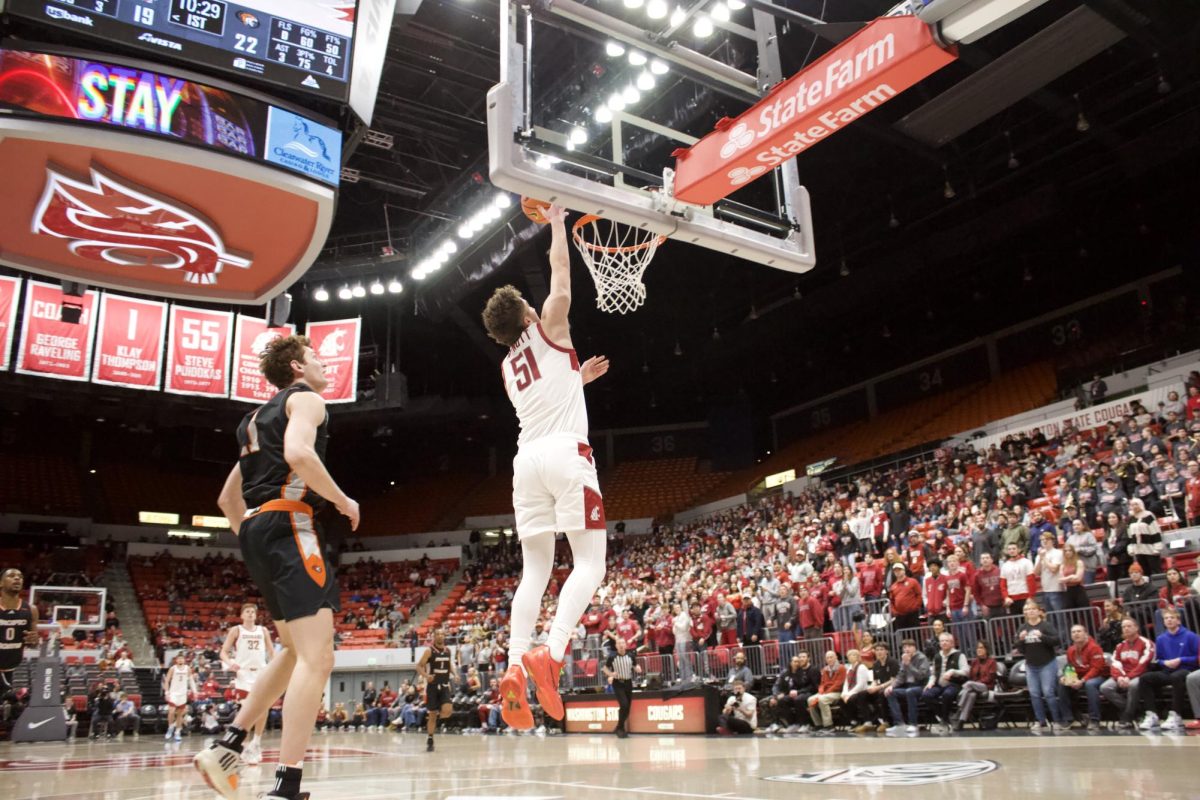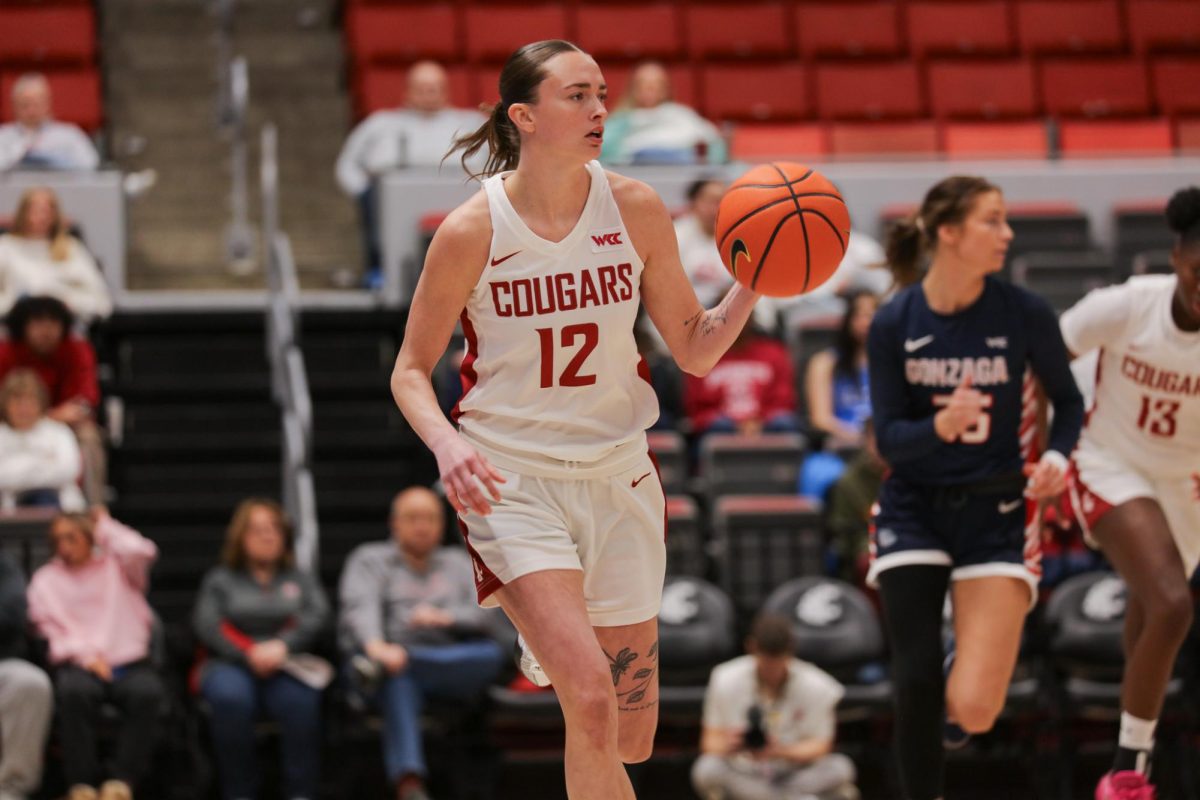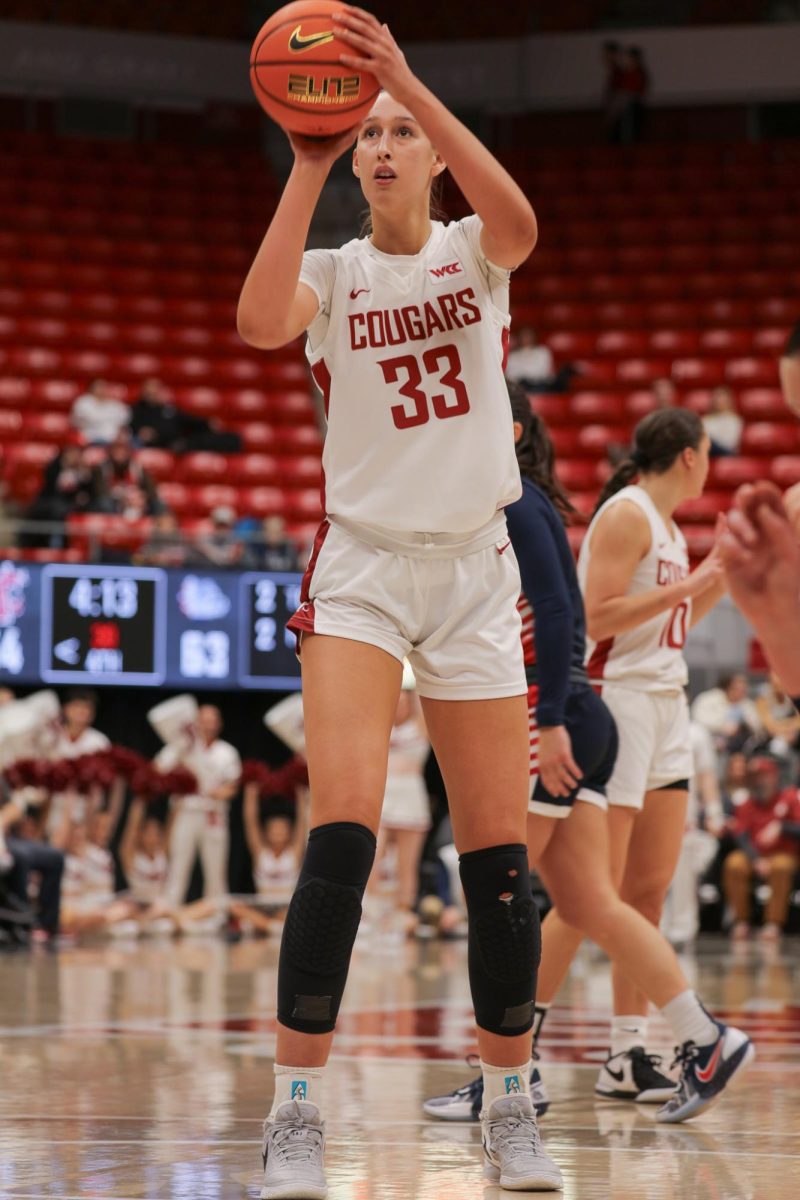It’s a cool, clear October evening in the Pacific Northwest. The reigning American League Rookie of the Year stands on the mound chasing history as he faces down Seattle’s Public Enemy Number One with the bases empty and two outs on an 0-2 count in the top of the ninth inning.
The pitcher comes set and deals an arcing 75-mph forkball over the bottom half of the plate. The batter fails to find the mark as he foul-tips the offering into the catcher’s mitt to end the game and send the capacity crowd into a frenzy of raucous cheers and flashing lights.
Seattle Mariners closer Kazuhiro Sasaki sat down Alex Rodriguez — in his first season since abandoning the Emerald City for “greener” pastures — on three straight pitches to close out his 45th save of the season as the Mariners defeated the Texas Rangers 1-0 to tie the Major League Baseball record for wins in a season with their 116th.
How can you not be romantic about baseball?
Through thick and thin, baseball has always been there. The sound of the bat, the roar of the crowd and the smooth delivery of the old man in the broadcast booth make up the soundtrack of summer for so many Americans.
In some respects, the MLB is as strong as it has ever been, seeing record attendance in 2023 with over 70 million tickets sold and TV viewership up across the board.
In recent years, however, an alarming rift has revealed itself between the league and its fans. The league has been mired in controversy after controversy as it chips away at the goodwill of its fanbase in death-by-a-thousand cuts.
The latest comes in the form of see-through pants and jerseys sporting heat-pressed names and numbers reminiscent of those filling the bleachers — except these aren’t fan replicas.
The backlash has been immediate and overwhelming with the new uniforms receiving near-universal scorn from the players, whose names are being relegated to nearly illegible sizes across their backs, as well as the online fanbase.
The quality has been so poor that the MLB Players Association has had to step in to request changes be made before the season starts.
The decision to allow the on-field product to be manufactured by a company with a well-documented history of quality control issues is not only insulting to the fans who are expected to buy the products but also a slap in the face to the athletes who play the game at the highest level.
The bottom line is that those in power should have known better.
The league insists that the jerseys “have been tested more extensively than any jersey in any sport.” They insist the changes will benefit the players and the fans will love them. The fact that the logos and names are no longer stitched, or that the names and numbers are noticeably poor quality, or even that we can see players’ underpants is immaterial; you’ll get used to them eventually.
Sadly, the move to cut costs while increasing prices was not unexpected. What was unexpected, however, is the league’s attitude towards their on-field product.
When commissioner Rob Manfred was confronted with his inaction regarding the largest cheating scandal his sport had seen in a century, his attitude was clear: Why do you care?”
Those at the top lacked the ability or means to understand fans and player’s outrage to an embarrassing extent, with subsequent messaging showing just how badly administrators had misjudged the situation when the office of the commissioner had to issue an apology for referring to the sport’s most sought-after trophy as “a piece of metal.”
The apology rang hollow with the damage already done through the implication that the sport’s greatest award represents nothing past the materials it is made of.
Conflicting Priorities
The rift formed between the league and its fans has only grown in the intervening years, with each misstep illustrating the league’s attitude towards its own product and contempt for its consumers even as revenue continues to grow.
The league opened Pandora’s Box by allowing advertising on uniforms for the first time ever. The iconic pinstripes on the team in New York — as well as their most storied rivals, ironically — are now graced with an advertisement for an insurance company, much to the chagrin of many of those who proudly sport the team’s apparel from the bleachers.
With the decision to deface classic uniforms with these patches, the owners have clearly shown that history and image are less important than a few lines on a spreadsheet, even at the expense of slamming fans already inundated with advertisements 24/7 with even more.
With the precedent that everything is for sale, the league shows us where its priorities lie, and that is not with giving the fans what they want.
Nowhere is this more evident than on the eastern shore of California’s San Francisco Bay, where the owners have allowed a bad situation to fester to the point of being untenable in a blatant attempt to erode fan support to facilitate a move to an untapped market.
The unanimous vote to allow the Oakland Athletics to abscond to Las Vegas — following Oakland’s other recently-relocated franchise in the NFL’s Raiders — is a travesty and never should have gotten this far.
Once again, the tone-deaf messaging from the league offices could have only come from a group of people who are well aware of their monopoly over the sport: “It’s not like there is not an available option. The Giants obviously still play there.”
The league is willing to risk alienating long-time fans nationwide by erasing the history of a proud franchise for a move that nobody asked for and may not even generate more than the current setup is capable of if cared for properly.
Of course, the growth of the game at the local level can be disregarded when the owners make as much money as they do through TV deals that force fans into buying cable packages just to watch their hometown teams without blackout restrictions.
At the end of the day, the desires of loyal fans are an afterthought as long as we are not the main source of revenue.
Ultimately, the commissioner does the bidding of the owners and serves more to play the part of the heel as a lightning rod for criticism. In this regard, Rob Manfred has performed spectacularly and has earned another half-decade at the helm in a deal that leaves him in his position through 2029.
The owners are printing money even as they degrade the quality of their own product and disregard the long-term stability of the league.
The Way Forward
Somehow, despite it all, Major League Baseball has continued to demonstrate its resiliency in a testament to Americans’ love for the game.
So no, the league is not dying and the uniform quality will amount to little more than a short-term embarrassment for the league.
What these new uniforms represent, however, is yet another misstep by a league and its administration that don’t understand what they have. The comments made by the commissioner and actions taken by the league — both on and off the field — are indicative of a complete misunderstanding of their fan base. In short: the league that has been synonymous with America for over a century has become so out of touch that they believe themselves to be invincible.
If championships don’t matter, and loyal fans have to choose between spending taxpayer money to build stadiums for billionaire owners or not having a team, and players have to dress up like a stock car while fans can’t afford to buy jerseys destined to fall apart in the wash anyway, what does matter? How many more unforced errors are they going to survive? How much more leeway should we, as fans, give to our favorite sport? How much is too much? Maybe the commissioner was right; why should we care?
This sport has meant so much to so many for so long. Baseball has become an ever-present piece of American culture, as ubiquitous as the 4th of July or apple pie.
This game does not belong to the commissioner or the owners. It’s our national pastime for a reason, and life is better when baseball is there to give us the chance to be kids again; to go back to those chilly October evenings where dreams come true.
This trend of anti-consumer behavior cannot, and must not be allowed to continue.









